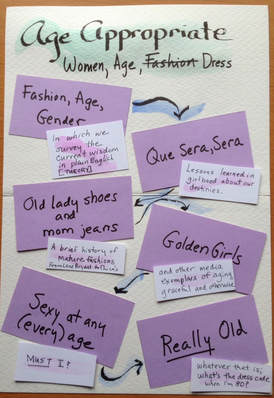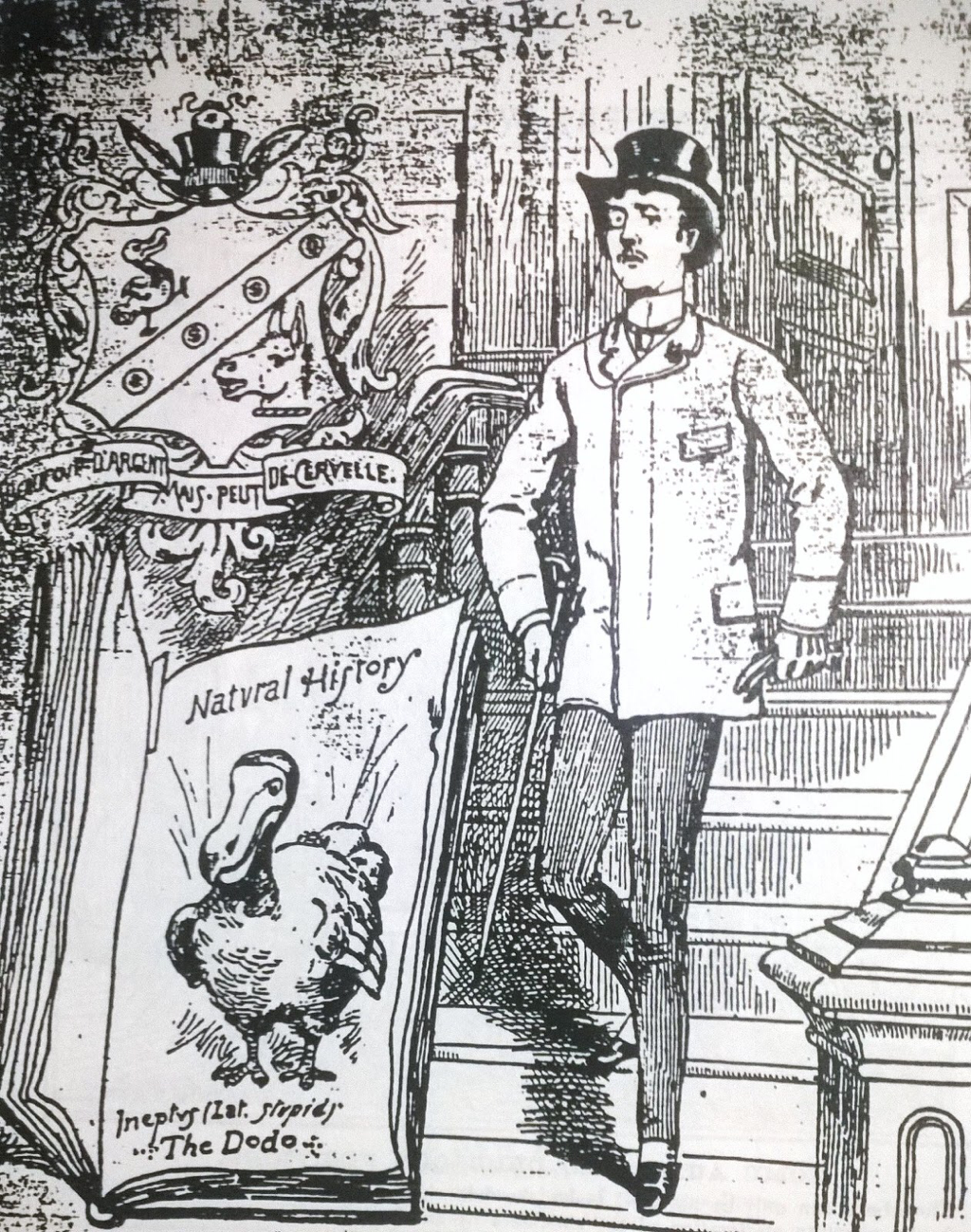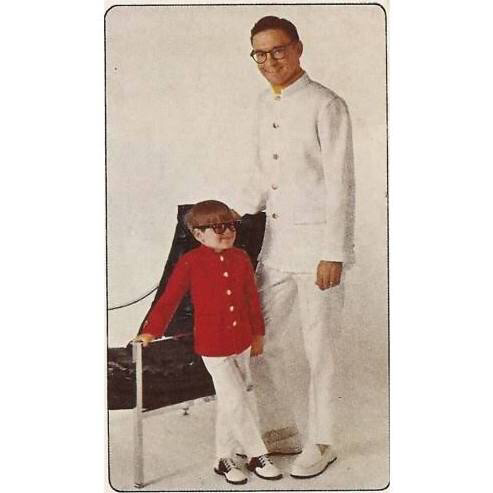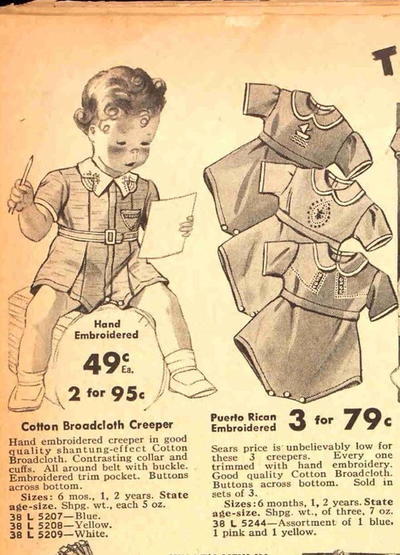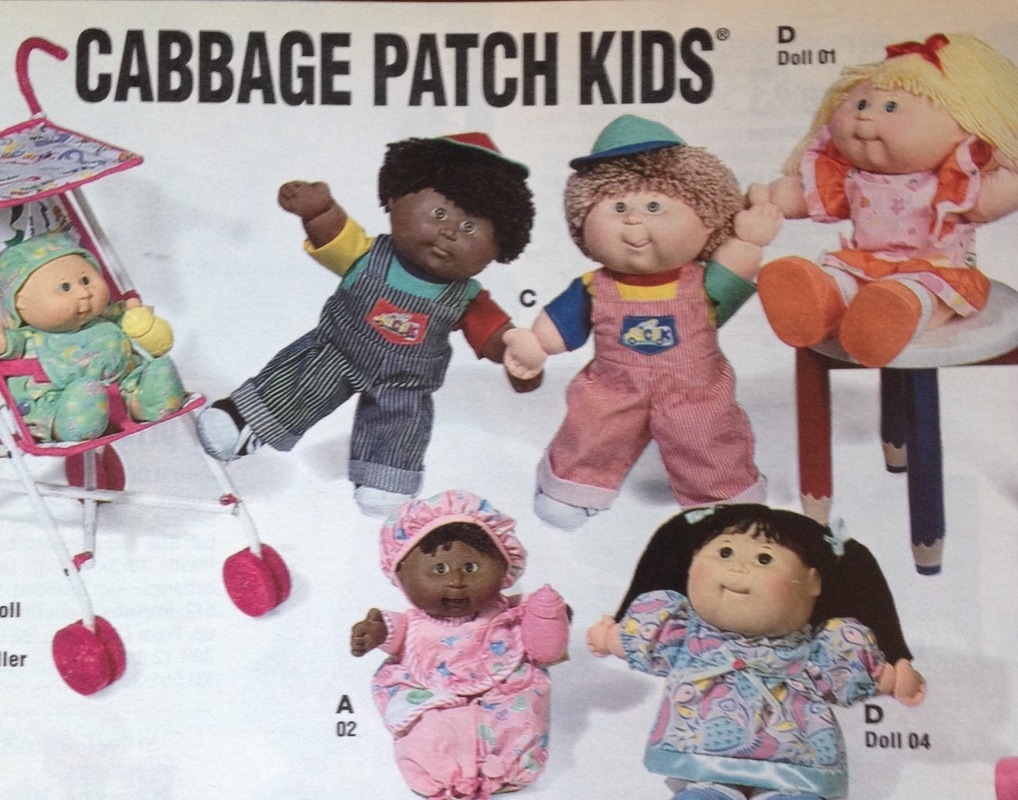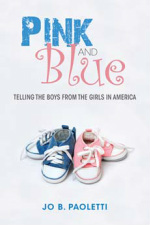|
This is in response to the interest in the PBS Digital Studios video "Why was Pink for Boys and Blue for Girls?" Post your questions here and I'll try answer within 24 hours!
2 Comments
I know, I know. I have complained about repetitive interview questions, but the truth is that is order for people to open their minds and let go of gender stereotypes, those of us who do this work must answer those questions over and over. Besides, every once in a while, we get one of those really fun interviews with someone we can share a laugh with, along with the information.
Last May, I had one of those interviews, with Shankar Vedantam of NPR’s Hidden Brain. We met at my local mall and strolled around the kids department in Macy’s, chatting about pink and blue, pockets/no pockets, and the missing character on the boys’ Star Wars T-shirts. (Can you guess who it was?) It was a double blast because inside I was fangirling like a twelve-year old. Hidden Brain is one of my favorite podcasts: smart, well-paced, and slickly produced like an audio documentary. And Shankar Vedantam is a great interviewer and host; being on his Rolodex was a dream come true. So enjoy the podcast episode. Bonus: now I know how Lise Eliot (Pink Brain, Blue Brain) pronounces her name. Thanks to UK retailer John Lewis, I was bombarded with media requests for interviews last week. That's generally a good thing, except it would be incredibly helpful if they didn't ask the same damn questions all the time. (Especially "Why is pink a girl color?" and "What's the problem with stereotypes?") So this time I thought a few pictures might calm people down. As recently as thirty years ago, parents had LOTS of choices for their children's clothing and toys. Strongly gendered clothes and toys are not "traditional". Nor are they necessary, until the objective is to multiply your profits by forcing people to buy boy and girl versions of things that could otherwise be handed down or shared.
So chill. And don't even start with the "slippery slope" arguments. The world isn't about to end if girls wear camouflage or boys wear skirts. If it were, it would have already happened. This is so exciting! This project took a detour over a year ago as I realized that it would require not only additional research, but also some serious re-thinking of the structure of the book. You may remember this image: The original plan was a fairly straight-forward cultural history of clothing for women over fifty, similar to what I had done in Pink and Blue for infants and toddler clothing. But the story would not let itself be told that way.
You see, we don't start "aging" at fifty; childhood, adolescence, young adulthood, middle age are also part of the journey. Learning to be female is not a weekend workshop or even a four-year-degree program. It is a lifelong process of being led into each life stage along a path shaped by cultural beliefs about aging and gender. So I revised the plan. A Facebook reader sent me this message: Hi! I was wondering if you could help...my 9 yr old son generally wears 'boy clothes' and he loves the science and nature pictures on the t shirts. He's lately become more aware of gendered clothing as a problem and wrote a letter to Lands End recently requesting that they offer science oriented t shirts for girls as he best friend is a girl who likes science and he found it very unfair ( they wrote a nice reply). Today we went to the store to get him some new sneakers and he wanted the pink ones. We got them as I don't have a problem with that but although he was sure about getting them he was also a little concerned that he would get harassed by the other boys about them. We talked about it and he was undeterred but wants to have a good 'come back' in case he gets teased to educate others that ' pink is for everyone'. I thought perhaps you could help as I find your page so informative about these matters. Thanks so much, A___ What is the appeal of rompers? The original rompers were designed as playclothes for infants and toddlers as a time when the standard clothing for children under the age of five years was dresses. Like dresses, rompers were one-piece, which was desirable for mothers who believed that children could be "spoiled" by too much handling. Compared with ankle-length skirts worn by young walkers, rompers allowed more freedom of movement. That's fine, but we now have many other options, and we no longer believe that babies are harmed by being handled in the process of getting dressed. But the image of romper as a childish style persisted, and has influenced adult casual wear.
Rompers, jumpsuits, overalls and the like all have a few advantages that make them attractive enough to appear in the fashion pages on a regular basis. They also have aesthetic and practical drawbacks that each generation seems destined to rediscover. To begin with the advantages: No sooner had the RompHim appeared, but it was the target of criticism and humorous memes. My own objection to the name was that it joined a growing list of unnecessarily gendered style terms -- man bun, boyfriend jeans and the like -- that seemed to signify a transgression of gender rules. Since rompers have a long history of unisex and masculine design, it seemed an odd choice. Of course, ACED Designs probably intended to give their project a rebellious aura and make clear the intended market for the RompHim: men so secure in their masculinity that they can and will wear anything. Men like James Bond. Ridicule plays an important role in policing men's appearance and behavior. It can be the first warning a boy or man gets that if he persists, he risks harassment and ultimately violence. In my long ago dissertation research, I studied how cartoons making fun of older, more formal styles helped accelerate the transition to the modern business suit. Psychologists who have studied fashion behavior have found that "avoiding ridicule" is the top motivation for men's clothing and grooming choices, in contrast to women's number one reason, which is to look attractive. This begs the question, "Will the RompHim survive the memes?" According to their Kickstarter page, they not only exceeded their fundraising goal, but quickly sold out the first production run. In another year we will be able to see if it is the wave of the future or this year's Nehru jacket.
The internet seems to be losing its mind over the "RompHim" (TM), the one-piece leisure outfit for men that raised a pile of money on Kickstarter. Because I was in the throes of the usual end-of-the-semester chaos, I have ignored it until now. I am going to do a few posts on the trend, so stay tuned. Let's start with a little historical perspective. Rompers are not new, and they are not feminine. The romper's 18th century ancestor, the skeleton suit, was exclusively for small boys who were too young for adult clothing and too old for baby dresses. Yes, dresses. Calm down. The modern romper (sometimes called a creeper) was introduced in the late 19th century as a casual garment for toddlers -- male and female. It remained popular through the 1960s, by which time it was also worn by older children and adults as a leisure style. In other words, for a couple of generations it was unisex, though there were "feminine" and "masculine" variations for folks who wanted a more gendered version. When gendered clothing became the norm in the 1980s, rompers apparently got sorted into the "feminine " category, according to the same cockamamie logic that made kitties and purple feminine. There is no natural law that determines this; it is a cultural mystery, and it is both arbitrary and negotiable. So if a guy wants to wear a romper, by any name, it should be no big deal. Simmer down, Internet. If you follow social media, you've seen the story about the leggings ban on United Airlines. This Reuters article is the most thorough reporting I have seen on the subject. I will quote from their excellent coverage: A bystander who touched off a social media furor after she saw United Airlines stop two teenage girls dressed in leggings from boarding a flight admitted on Monday that she did not fully grasp the situation when she started tweeting her indignation. Watts reported what she witnessed -- or thought she witnessed, and social media caught fire.
I have a friend who works in transportation who commented on Facebook that even though he works for a different employer, the same rules apply. Enforcement seems to be left up to someone at the gate, which was part of the problem, not unlike when vague school dress codes are interpreted by teachers and administrators. The issue also seems to have been resolved -- eventually -- so I will confine my comments to generalities, rather than the United situation. The courts have ruled, over the last forty years or so, that employers are well within their rights in establishing dress codes to enforce a pleasing, uniform appearance, as long as the rules did not prevent a class of people (men, women, African Americans, Muslims) from being able to gain employment. Leisure wear and sloppy or revealing clothing is usually prohibited, though what Americans consider "leisure" is a moving target, and the line between "sloppy" and "casual" is practically invisible at times, and "revealing" -- forget trying to define that, beyond nudity. In my study of dress code litigation in the 1960s and 70s, I found that the authorities usually argued that conformity and submission to rules was especially necessary for boys and young men. Girls’ dress codes, in contrast, placed a premium on modesty. The rhetoric in the dress codes reinforced this distinction. Boys’ regulations were more likely to mention “conventional” standards; girls' restrictions were more likely to mention "revealing" styles or parts of the body that should be covered. Not much has changed since then; men and women are still expected to abide by gender rules that are very different. The rules for women dictate careful management of an image balanced between girlish/ladylike and seductive. For men, there is very little space or place for sexual display, or even individual expression. Instead, boys and men are trained to operate with a very limited visual range. Recently, I have been asked if leggings are pants. (Sort of, but some of them function more like a combination of stockings and foundation garments.) I have also been asked if they are going to go out of style. (Most likely; doesn't everything?) I know some school administrators and parents who will be very relieved when they do. Until they see the Next Big Thing. I am going to take my time figuring out the cultural meaning of American Girl's introduction of a boy character doll, because it is hard to interpret until the consumer response is clear. After all, I don't create the meaning, nor is the meaning inherent in the packaged and advertised product. Last week I did an interview with Kathryn Luttner of Campaign US, about Logan, and it was published yesterday. It's quite interesting, since she writes for an industry audience. I mentioned at the end of the interview that we'd be discussing Logan in my Fashion and Consumer Culture class, she was curious about what my students would have to say. Most of the discussion was more of a review of Grant McCracken's theory of meaning transfer from culture to consumer via consumption objects, so it isn't particularly relevant. But here is the interesting part: Predictably, the male students (most in their early twenties) said they had never played with dolls. This is in contrast with my daughter (b. 1982) and son's (b. 1986) cohort, who played with boy Cabbage Patch Kids and My Buddy. We also had fun analyzing the CPK boy description from the 1993 J.C. Penney catalog. "Ruff 'n Tuff" play pal for boys. Dressed in non-removable play clothes". I pointed out that the earlier versions could be undressed and dressed. One discussion group decided that boys would certainly be harmed if they undressed a "boy" doll and discovered he had no penis.
If a boy doll has no penis, he is not a boy and can not use men's bathrooms in conservative jurisdictions. If he does have a penis, and his clothes are not removable, his masculinity is like "a tree falling in a forest" with no one to hear. If his clothes can be removed (penis or no penis) he is encouraging cross-dressing and possibly homoerotic sexual curiosity. Poor American Girl! Caught between a rock and a hard place! |
Jo PaolettiProfessor Emerita Archives
January 2023
Categories
All
|
| Follow me! |


